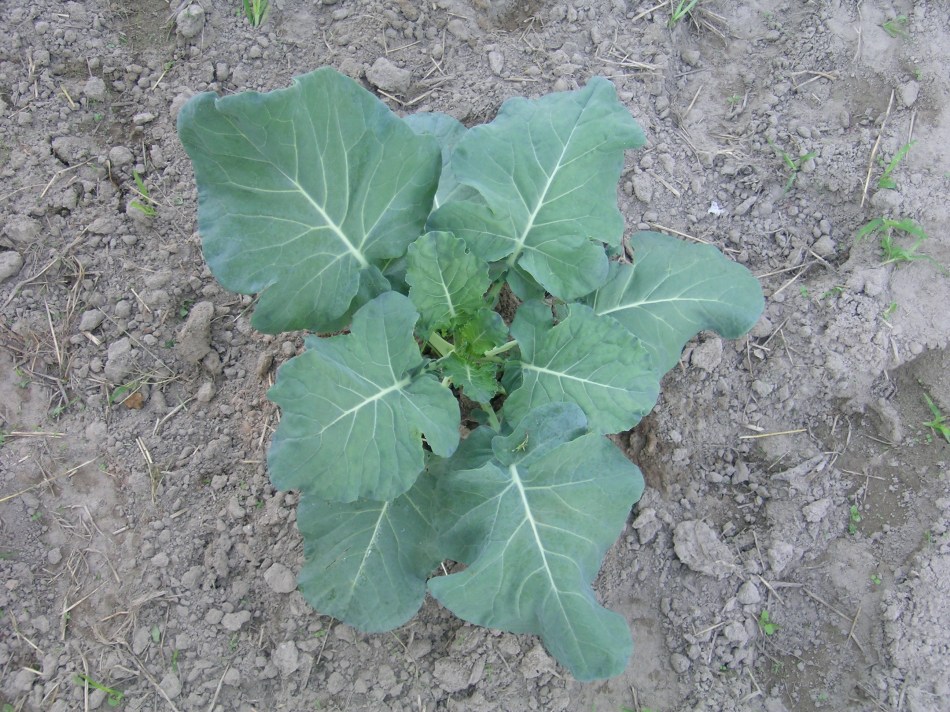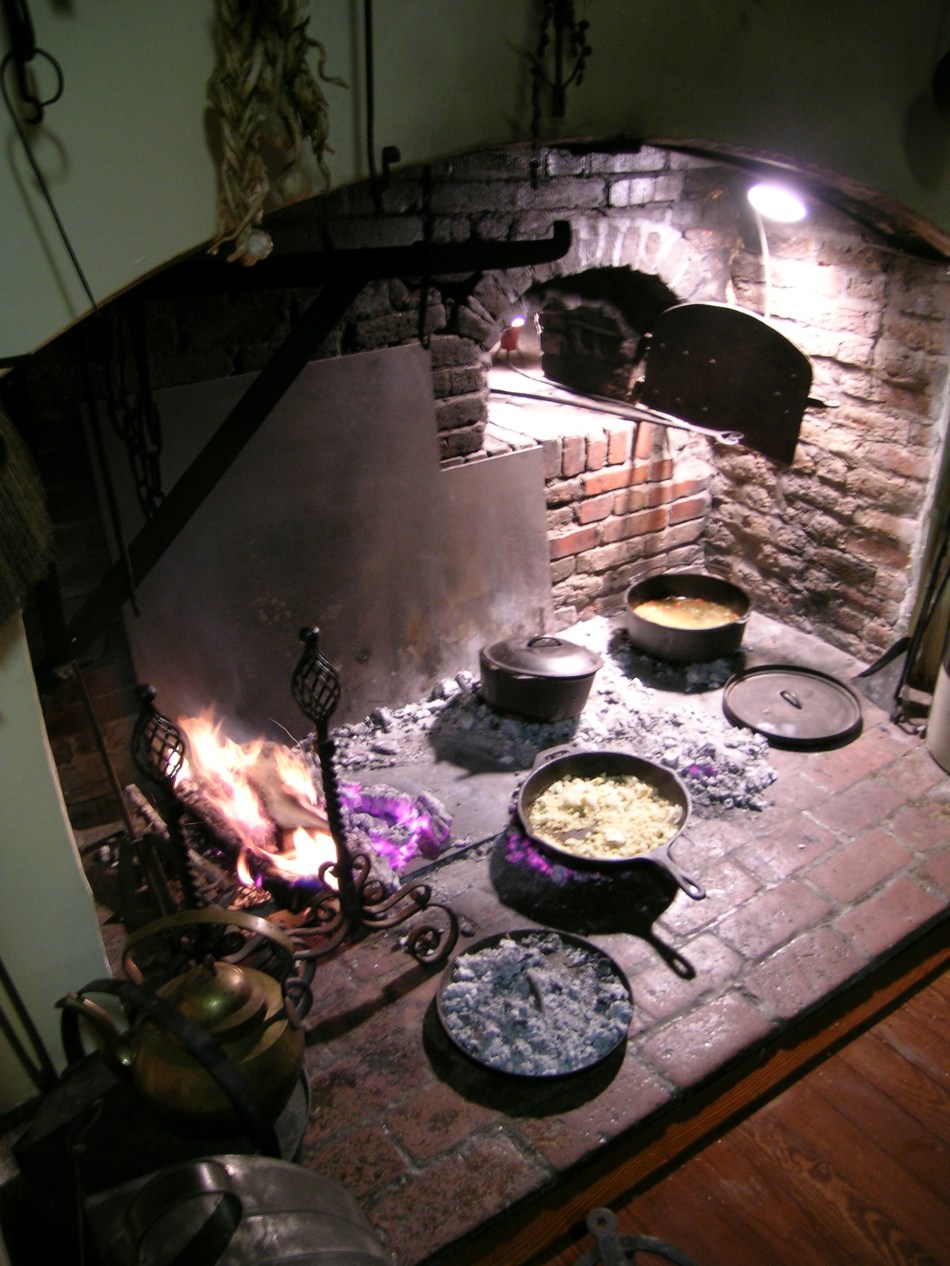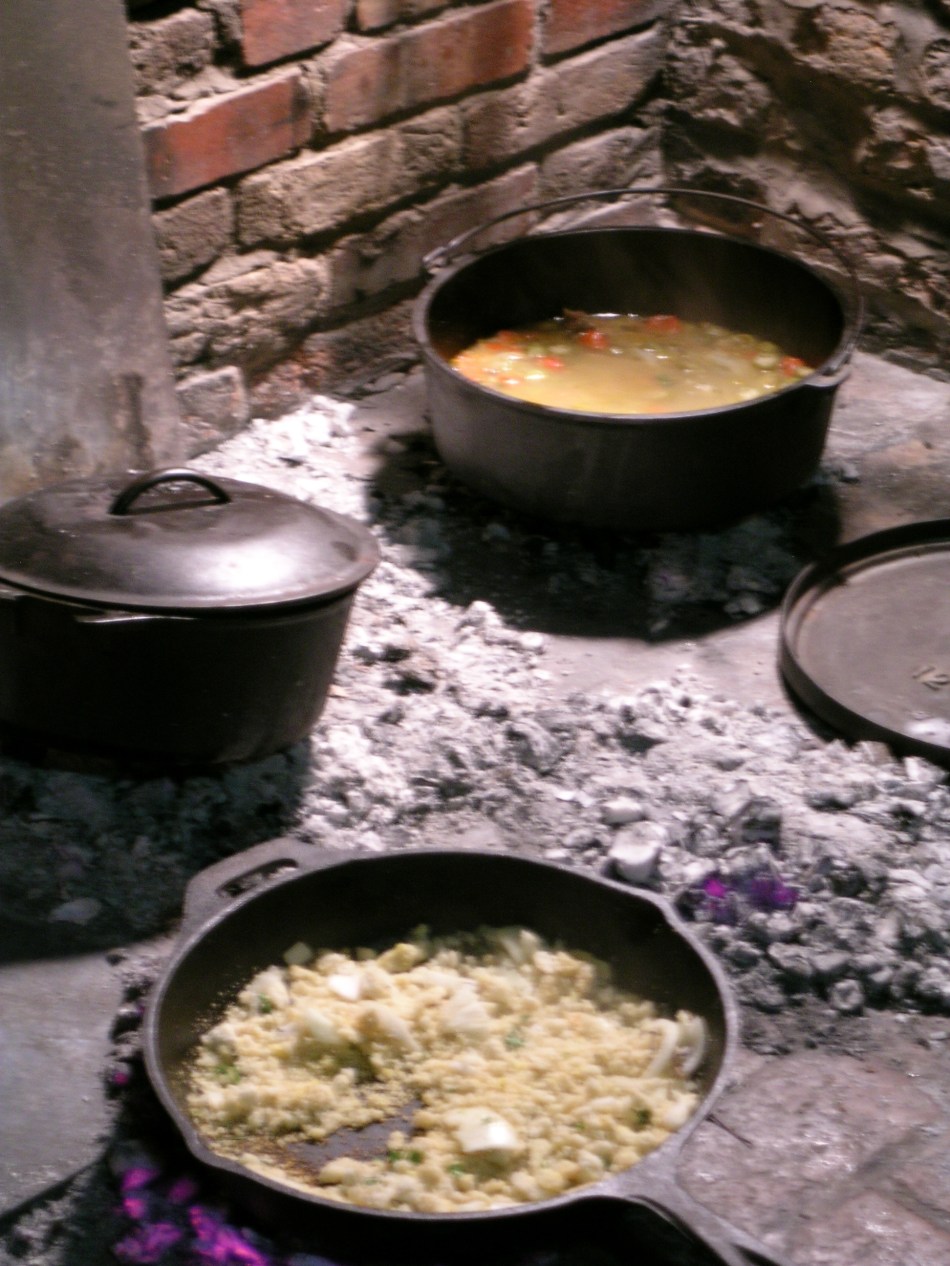
For enslaved people, the precursor to Thanksgiving was cornshucking time and other harvest events, usually held in October-November. Cornshuckings and harvest dances were key in breaking up the brutal monotony of enslaved people’s lives. The national holiday of Thanksgiving, which was popularized and encouraged by Sarah Josepha Hale, was finally instituted as a result of her 17 year campaign, by Abraham Lincoln, who instituted the holiday in 1863, the same year as the Emancipation Proclamation. Thanksgiving was supposed to bring the country together in the midst of the Civil War, giving Americans a common cultural rallying point. Later, according to Andrew F. Smith, Thanksgiving became a tool of Americanization for incoming immigrants. A religiously neutral, apolitical holiday built around the idea of gratitude for home and blessings, the Thanksgiving narrative was promoted in schools and found itself modified by each culture and community. Although we were not considered a part of the “huddled masses,” Thanksgiving no less brought African Americans together and gave them another reason to pray, be thankful, share with family and friends and eat.
In the North, before the Civil War, Blacks celebrated their own Thanksgiving Day. It was usually held on January 1, 1808–the date Congress abolished the slave trade from Africa to America. It was a day of commemoration–sermons were given about the greatness of the African past and problem of slavery. Similarly, Edna Lewis, the Grande Dame of Southern cooking talked about how her family would celebrate Emancipation Day in the fall rather than Thanksgiving Day. The elders in the community who were enslaved would tell stories about their lives in slavery and the coming of freedom.

In our homes, depending on tradition and custom, we eat a variety of foods for Thanksgiving. Some of us do whatever Gourmet/Bon Appetit/the Food Network-Cooking Channel/Bea/Martha/etc. etc. suggest. Others of us blend that with the traditional meal, which for most African American families will include cornbread stuffing, macaroni and cheese, collard greens, green beans cooked with smoked meat, sweet potato pie, sweet potatoes syrupy with sugar and perhaps marshmallows, and maybe a fried turkey a la Austin Leslie, or “Cajun” spiced turkey or barbecued turkey like Sylvia had in South Carolina. Some quick notes:
—Macaroni and Cheese–Noodle and cheese dishes from Western Europe were adopted and adapted by the late 18th and early 19th centuries by the plantation elite including a certain Thomas Jefferson, who served it in 1802 at the White House. Macaroni dishes go back to Italy and France, and by the 1300’s England had its own noodle/cheese/butter dish. According to Wikipedia, macaroni with cheese was an upper class dish into the 18th century. Macaroni pie–the traditional Southern name for macaroni cheese was served on plantation tables in South Carolina throughout the antebellum period. It was one of many foods from the “Big House,” that became part of the African American cannon just before the end of and after slavery. At least one enslaved person’s narrative talks about a dish similar to macaroni and cheese being prepared by the enslaved during special times before the Civil War. And no Patti Labelle, we weren’t the first or the last to put paprika on top–or on our potato salad. (I love you, Patti 🙂 ). There is something that we do to macaroni and cheese though–whether its garlic powder, paprika, hot sauce or hot pepper, multiple cheeses, there is some kind of invisible soul that goes into really good Southern mac and cheese.
—-Sweet Potatoes—“It is one of the most delicious foods of this country, and the sweet potatoes are far better than those of America. They make a pap out of them …” Jean Barbot, 18th century Ghana, formerly the Gold Coast.
Look……the word “yam” is from the West Atlantic languages of West Africa where the verb “nyam,” means “to eat.” Nyambi also refers to the sweet cassava root and “yam,” “yami,” and other words refer to forms of what we call today the tropical yam in its wild form. The sweet potato was brought from the Caribbean where it was grown by the Arawak and Carib and later the enslaved Africans brought there. The sweet potato cross the Atlantic early and through the Spanish and Portuguese it was spread throughout West and Central Africa. Africans adopted the crop, appreciating its edible leaves and tubers. The tubers were not always orange! They were white, red, purple, yellow, as well as orange and other rich early colors. In the sugar drenched Caribbean where the Western sweet tooth condemned millions to an early death, enslaved African men minding the sugar boiling through the night would bring pots of sweet potatoes to the sugar house where they would pour the molten hot sugar water on top to cook it. Yep–Candied yams! Sweet potato puddings and pones, which were eventually morphed into sweet potato pies owe a lot to the West Indian black experience and the early plantations of the Chesapeake and Lowcountry. Amerindian, European and African traditions came together to make the treat that everybody loves in the South for Thanksgiving. (We will leave pumpkin pie to the rest of ya’ll.)
Nyam! Nyam! Yummy?
If Wolof and other Senegambian women were highly valued for their domestic abilities, especially cooking and childcare, is it possible that the West Atlantic term “nyam,” could be the root of our words “yum” and “yummy?” Much like the Jewish mother ofEastern Europewho said “Ess, ess, mein kind,” the Wolof mauma probably said “Nyam, nyam!” to her white charges. Overtime, at least in my mind, the term became “yum,” and “yummy” and was associated with delicious food. Anytime you look in the dictionary and it says “origin unknown” they’re talking about us….
Sweet Potato Pie: The Slavery Way
When enslaved Africans were introduced to European puddings they were reminded of the steamed vegetable and grain dishes they knew in their homelands. Europeans on the coast of Africa introduced the concept of “desserts” to tropicalAfrica. Sweet potato pie is Creole in the sense of its combination of a tuber with a spicy pudding with a pie form. After reading several recipes, it appeared to me that the sweet potato pie we eat today does not really approximate the taste of the kind of sweet potato pies eaten in the quarters. Eggs, butter, white sugar, vanilla, flour, spices, etc. would have all been very precious ingredients. Two recipes suggested rum in place of spices and vanilla extract, and we know that liquor was a commonly traded item in the quarters, particularly West Indian rum. If nutmeg or cinnamon was ever included in the pies in the quarters it was probably purchased at great expense, traded or liberated from the Big House pantry.
2 large boiled sweet potatoes–orange, yellow or white
2 tablespoons of spiced rum
3-4 eggs
1 cup of sorghum or light molasses
dash of salt
¼ cup of freshly churned butter
pinch or two of nutmeg (optional)
1 9’’ pie shell
Pre-heat the oven to 375 degrees. Mix all of the ingredients for the inside together and pour in to fill the crust. Bake for 45-50 minutes or until the knife or fork comes out clean.

—Collard Greens—Collards are not African. They are a Eurasian plant in the cabbage family. Most likely they were brought with kale by the Portuguese to the gardens of slave forts along the coasts of Ghana and Kongo-Angola and were adopted and adapted to indigenous African cuisine. Collards fit into an African culinary model of having leafy greens that get stewed down. In traditional West and Central African cuisine there are dozens of varieties of wild and cultivated greens–including the leaves of sweet potatoes, okra, cassava, amaranth, and wild edible weeds. Collards are an old part of African American culture. No American ethnic group is more associated with the collard than we African American are, although collards are part of the food culture of Brazilian, Portuguese/Azorean, and Ethiopian communities as well. Collards were eaten in the enslaved community of Brazil just as they were in the southern United States. The earliest reference we have to collards in the African American community–that we know of, is from Captain William Feltman of Pennsylvania involved in the Southern campaign that resulted in the victory at Yorktown. Feltman was traveling through Hanover County, Virginia where he had watermelon and observed on August 17, 1781, “The negroes here raise great quantities of snaps and collerds. They have no cabbage here.” If you think the hot sauce next to or in the greens is brand new–forget it—as early as the 18th century in what it is now Ghana: “The rich often have the meat of pigs, goats, harts and cows, as well as of a large number of fowls, from which they (make stock) for cabbage soup, and several other stews they have learned from the whites and passed on from one to another. Malaguetta (native hot pepper seeds) is always prevalent in all their stews.” Jean Barbot, 1732.
Sauteed Heirloom Collard Greens
This recipe is a sauce made from collard greens that can be eaten over rice, similar to dishes from Sierra Leone and Ethiopia.
2 pounds of Green Glaze Collard greens or one pound of collards and one pound of kale, washed, stripped from the stalk and very thinly sliced into long strips. 6 tablespoons of olive oil 1 large red onion cut into thin slices 2 garlic cloves or 2 garlic scapes sliced thin 1 very small hot pepper (try the Maryland “Fish” pepper) or a pinch of red pepper flakes 1 1/3 cups of chicken stock or “pareve” chicken stock 1 red, 1 yellow and 1 orange bell pepper, all seeded and thinly sliced kosher salt to taste
Heat the olive oil in a large pan and saute the onions and garlic until translucent. Add the hot pepper and some of the stock and cook for a few minutes. Add the collards and bell pepper slices and the remaining stock. Season with salt to taste, mix, cover and cook for twenty minutes. Serve on its own or spoon over cooked rice.

Cornbread Stuffing—So we didn’t invent this either–but we are a major part of the story–here’s an email I got from a white lady from North Carolina some years ago…


I’m ready to celebrate another Thanks-giving armed with a deeper appreciation of its origins and layered meaning for various celebrants.
rags4legs
LikeLike
This is so interesting, thanks! I’m planning a post on African American Thanksgiving foods and this gave me some ideas. Could I use your recipe for Kush on my blog with an attribution?
LikeLike
Yes please!
LikeLike
Thanks!!
Charlotte
LikeLike
I am going to share this blog on FB…thank you so much for all your good works!
LikeLike
Thank you!
LikeLike
This is fantastic–sharing on our Southern Cuisine Pinterest board, Michael! Lee Norris @ThisIsOurSouth
LikeLike
Thank you! 🙂
LikeLike
Wonderful teaching! I’m looking forward to discussing it over the Thanksgiving table! Thank you so much for uncovering this history and sharing it.
LikeLike
Toda Raba!
LikeLike
Great information. I was looking for this exact info to share with my students and family.
LikeLike
Very interesting. Love learning about our history.
LikeLike
Pingback: Gorge on Knowledge: Uncommon Facts About 5 Traditional Holiday Foods
great recipes and history! And great scholarship on your part. Also makes my mouth water, and I want to get cooking!
LikeLike
Modupe oo!
LikeLike
If I wanted to explore adding the rum taste, but keep the pie alcohol-free, should I use the McCormick’s-recommended ratio of 1 T rum extract for each 2 T of dark rum or 1/2 t rum extract for each 2 T of light rum? I don’t know from spiced rum– is it dark or light? A whole tablespoon of extract seems like a lot. Should I add some spice to make up for the loss of spice in the rum? Sorry to be picky but I’m really interested in trying this authentic recipe without using alcohol for my peeps in recovery!
LikeLike